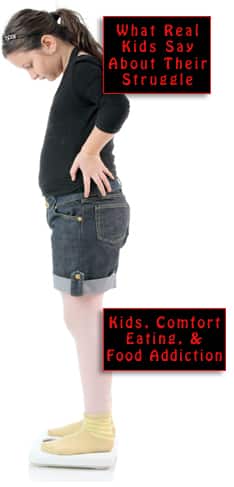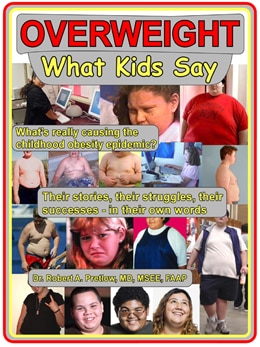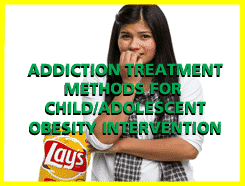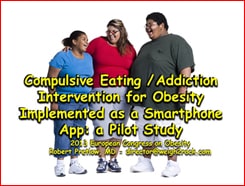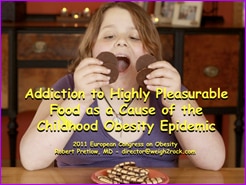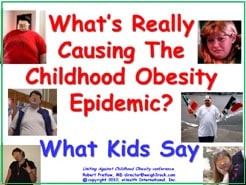How to Help an Addict

A lot of addicts can analyze their condition with a thoroughness that a combination psychiatrist/novelist would admire. Sadly though, as Werner Erhard pointed out, “Understanding is the booby prize.” One of life’s horrible ironies is that a person can thoroughly understand how they got so messed up, and still not be able to get out of the mess.
Writer Sam Grittner wrote a piece about addiction for Medium, hoping to convey to caring friends exactly what the addict is up against. There is a voice inside such a person that never takes a break from telling them how worthless they are. It taunts the person from the farthest reaches of a remote canyon. He describes the sensation of trying to fill a gigantic hole with substances, in the hope that eventually it will work, and will let the addict at last feel worthy and at peace. But…
For someone like me, there’s simply no such thing as enough.
Food wasn’t even his problem, but you can see where that analogy of trying to fill a yawning, gaping chasm would be particularly apt in the case of someone whose problem is food, who is fooled into thinking that their stomach is the hole they’re trying to fill. The really funny part, however, is that with alcohol it doesn’t even take a big amount to do enormous damage. One drink can unravel months or years of abstinence. “All it takes is one. One of anything…” Grittner writes,
Getting sober is incredibly hard. Staying sober feels impossible most days. Trying to get sober again after a relapse is like trying to punch a volcano into submission.
Grittner points out that nobody chooses to become an addict, although once that happens, the disease will convince them that the condition was always inevitable, and that escape is futile. Addiction can talk a person into doing anything. For example, he says, “It will convince you to sell everything you own, to walk through fire, to fight entire armies…”
For something that makes sense to overeaters, addiction will convince a person that they can’t even begin to think about changing their life until prepared and fortified by eating another whole pie. Nobody should be expected to consider weighty matters or make important decisions without a full tank of fuel. After all, to even think about such a weighty matter, the brain needs fuel too… and on and on. Grittner writes,
Addiction doesn’t care how much money you have, where you were born, or what your last name is. All it wants is for you to consume, to try and fill a black hole that is insatiable beyond anything you can imagine. It wants you to isolate, cut off friends and family, and ultimately, it doesn’t care if you live or die.
Speaking of friends and family members, the most important thing to do for an addict is not to judge, even after all the lies and the stealing and the broken promises and shattered illusions. Leave judgment aside and let the person know you’re standing by with empathy and love, even though you don’t understand exactly what they’re going through.
All you can ever really do is help them get through one more day without using, because all they can ever really do is get through one more day. As Grittner says,
I spend five hours a day minimum working on staying sober for that day. It is exhausting…
Your responses and feedback are welcome!
Source: “Addiction,” Medium.com, 07/24/18
Image by airpix/CC BY 2.0 DEED










 FAQs and Media Requests:
FAQs and Media Requests: 